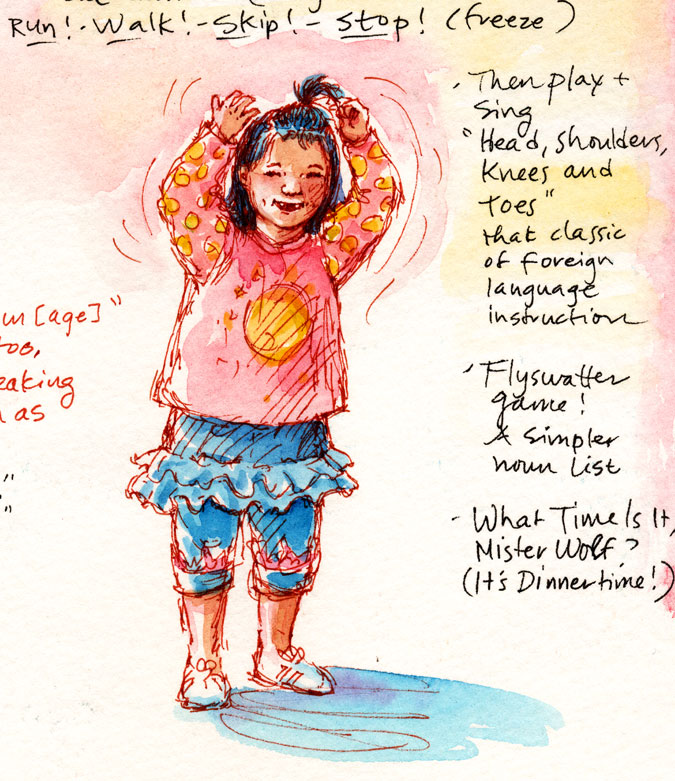I don’t know what life in Japan is like for grown-ups, but for little children it looks pretty idyllic. Once young Japanese reach The Age of Reason, expectations for academic achievement and responsible, community-oriented behavior are quite high. But until then, Japanese (and other) children are cherished, admired, and doted-upon. Storekeepers, gas station attendants, and truck drivers keep handy stashes of sweets and tiny toys should some little one toddle by. Children are dressed in impossibly adorable clothes. Mothers are experts at the “distract and re-direct” method of discipline rather than giving the outright NO. It’s a world of bliss. When we visited our son during his stint of teaching in Japan, our daughter, then age eight, was so relentlessly and universally coddled that it’s a wonder she was willing to return home with her mean old parents.
Today is the Japanese autumn festival of Shichi-Go-San, which translates as “Seven-Five-Three.” It is a rite of passage for children. On this day (or the nearest weekend), girls age seven, boys age five, and boys and girls age three dress in traditional garb, perhaps for the first time (although this is unfortunately giving way to Western clothing) and visit Shinto shrines with their families to pray for good health and long life. Afterward the children are given “thousand-year-candy” packed in wrappers decorated with turtles and cranes, both symbols of longevity.
We weren’t visiting during Shichi-Go-San (although when I was seven and living in Japan I did attend the festival, appropriately attired in kimono and obi, but that’s another story). So I post this sketch of a little girl from one of my son’s classes, with the typical seven-year-old gap-tooth smile, playing one of their English-language games.

